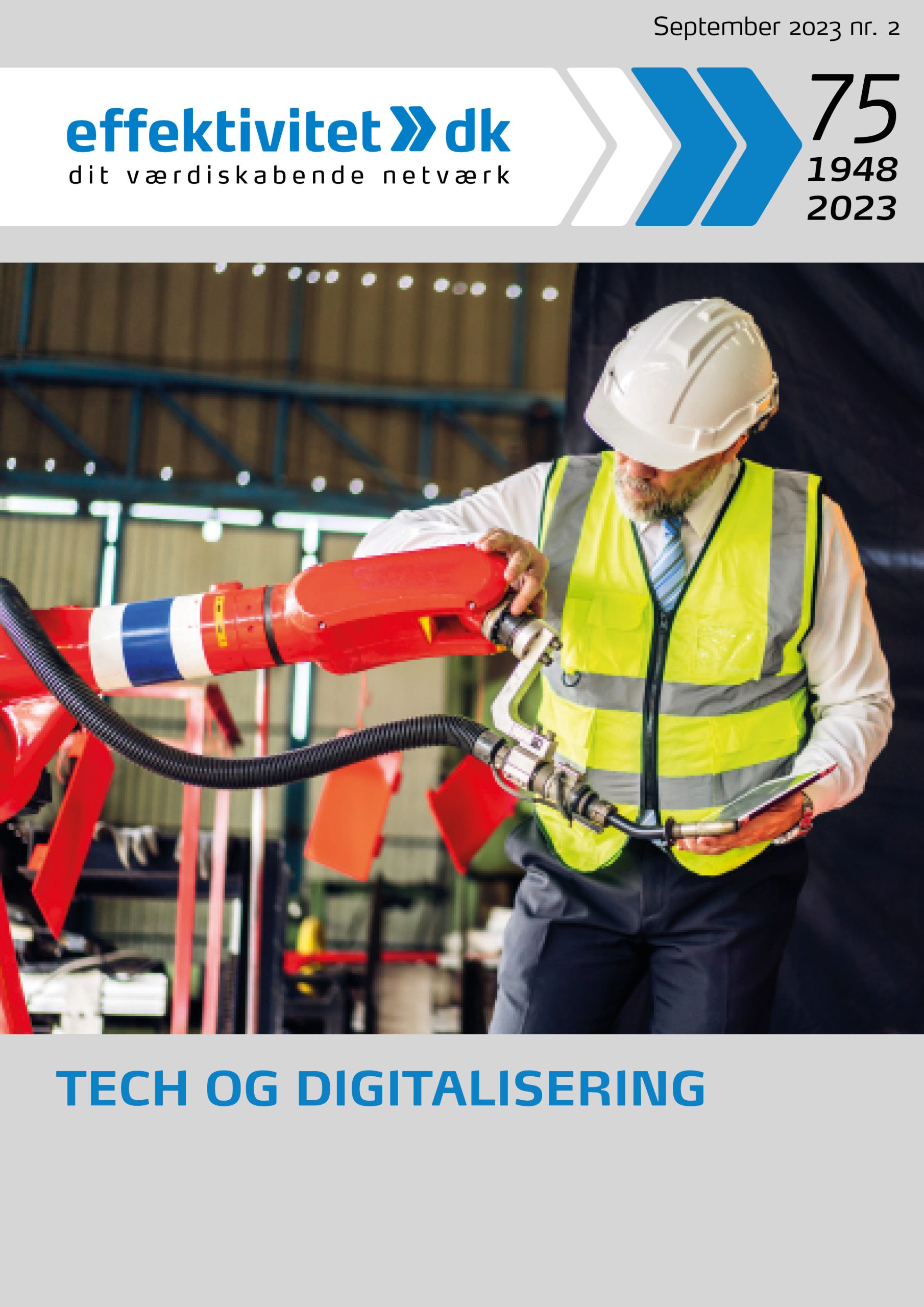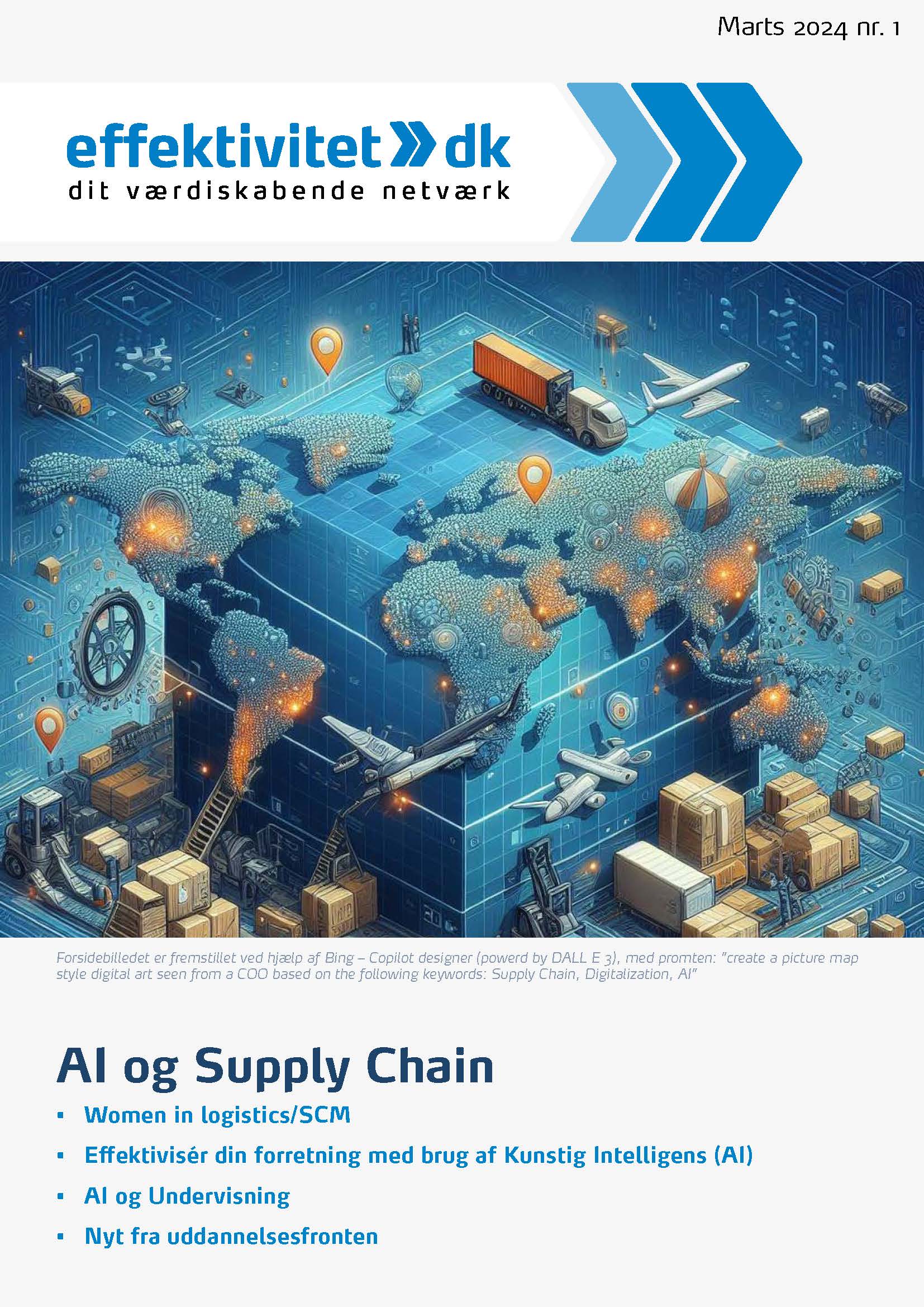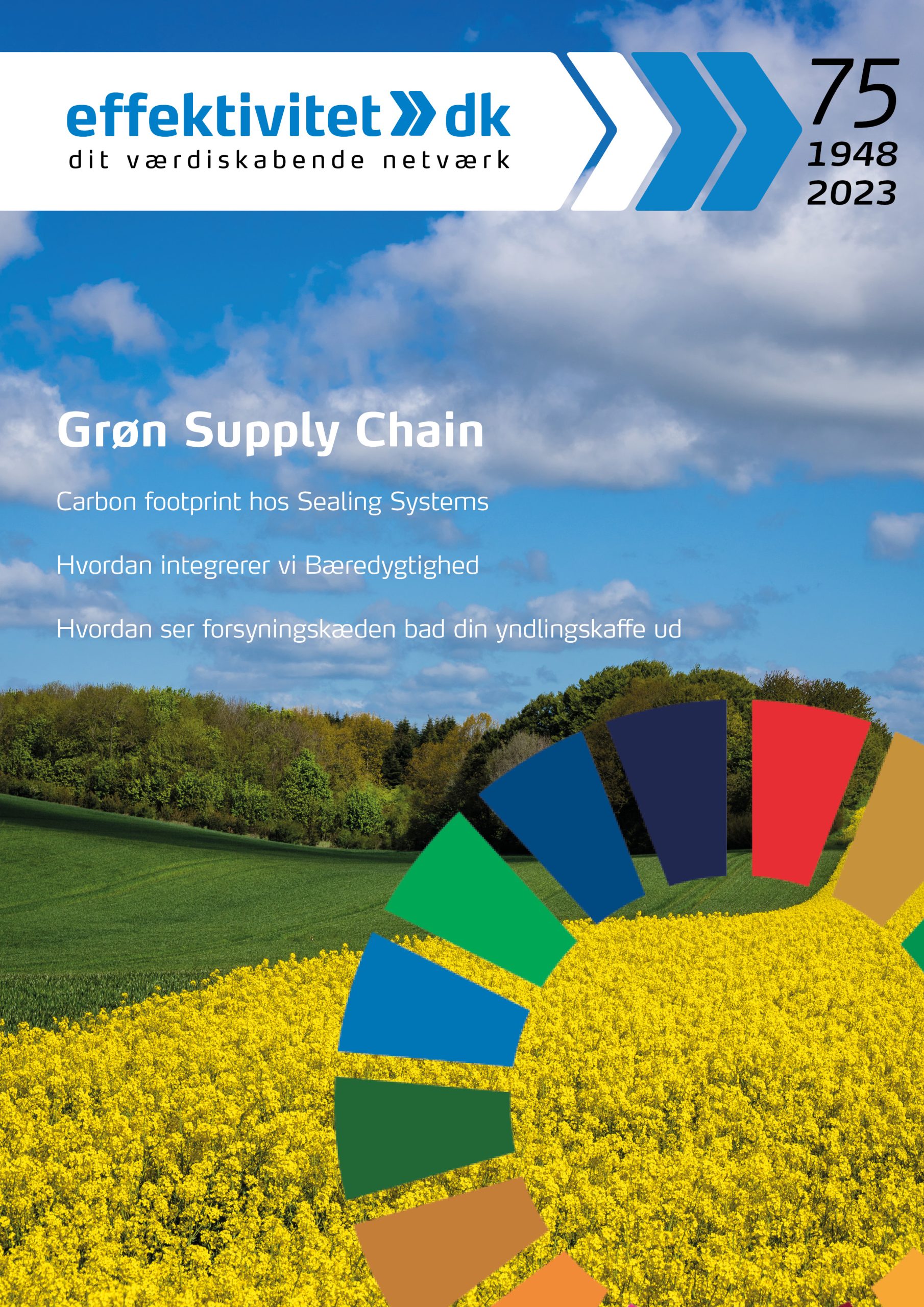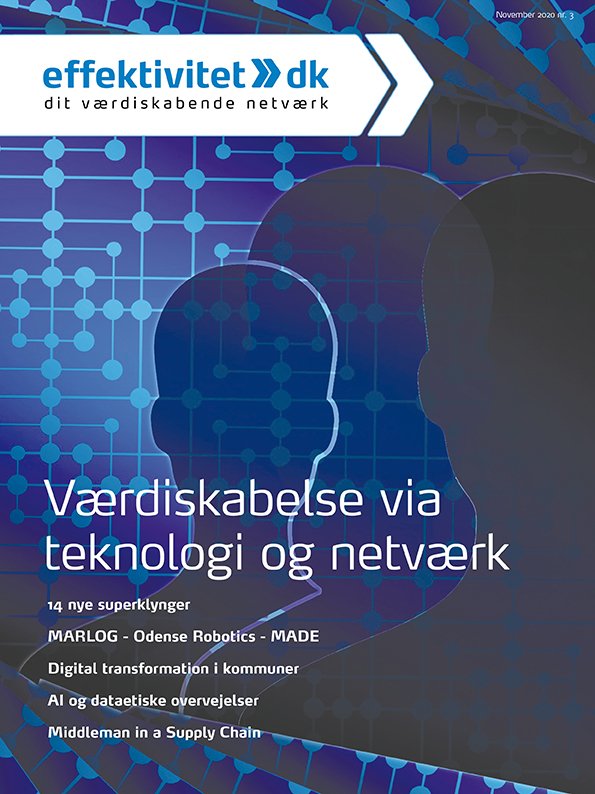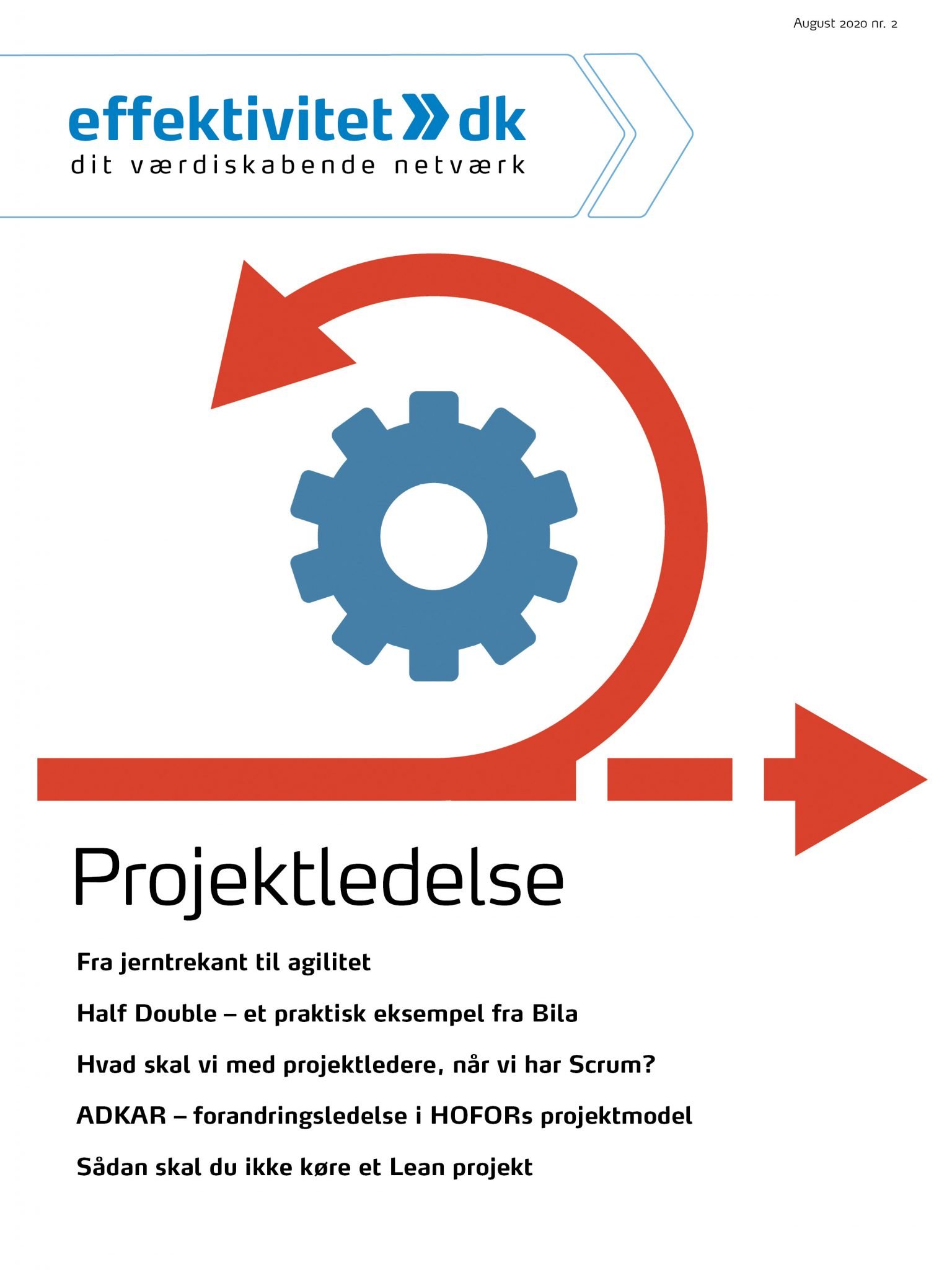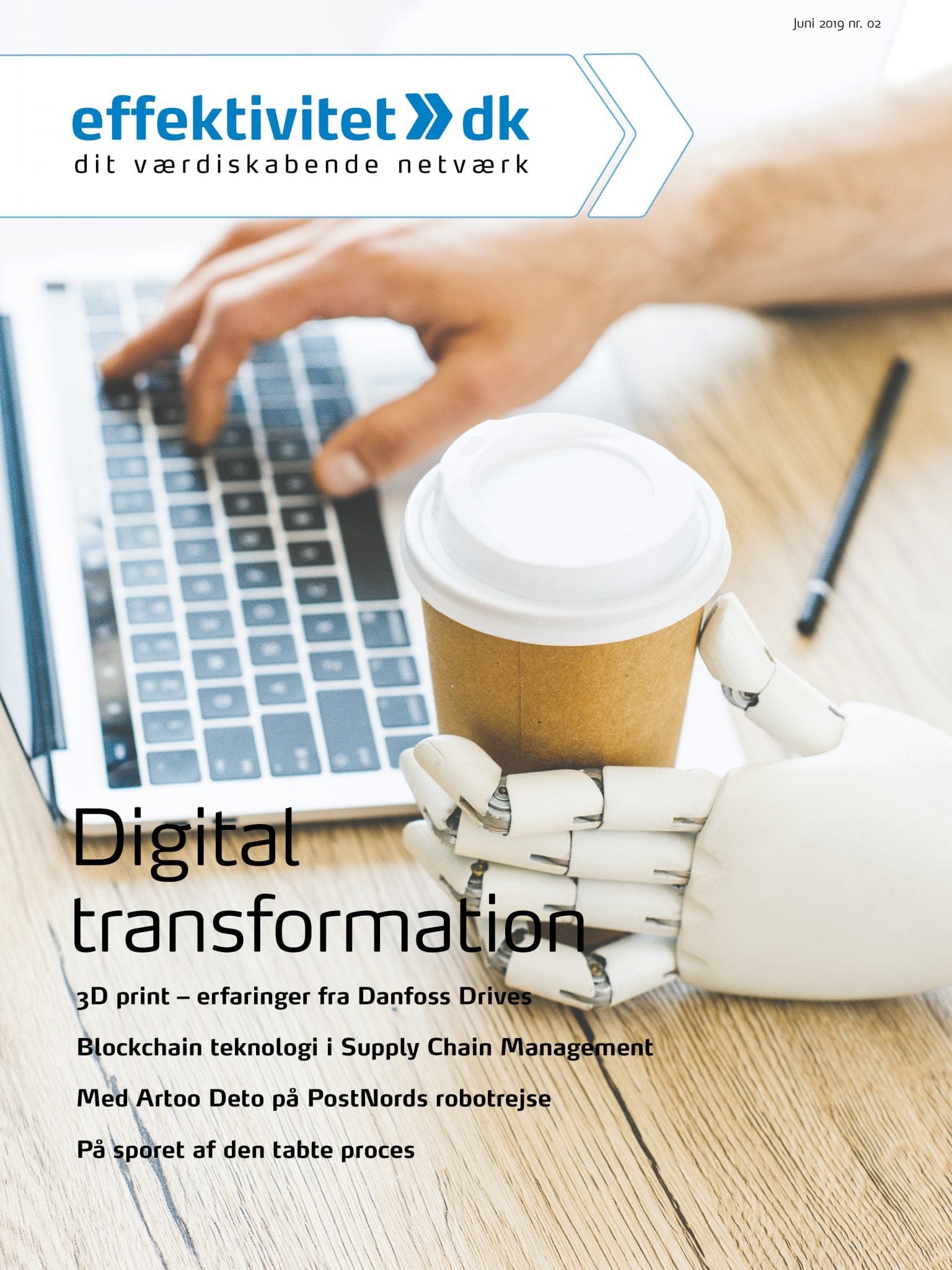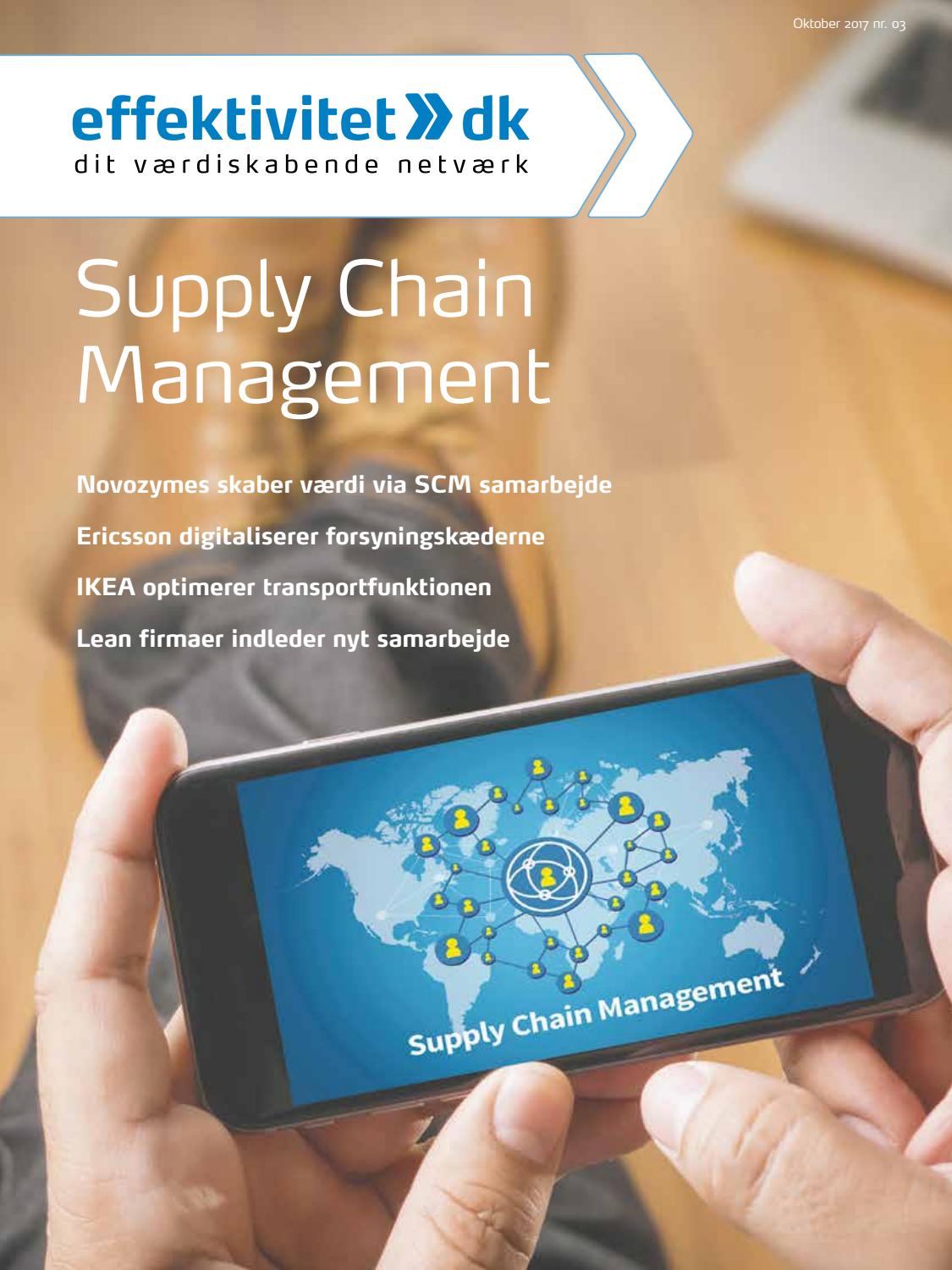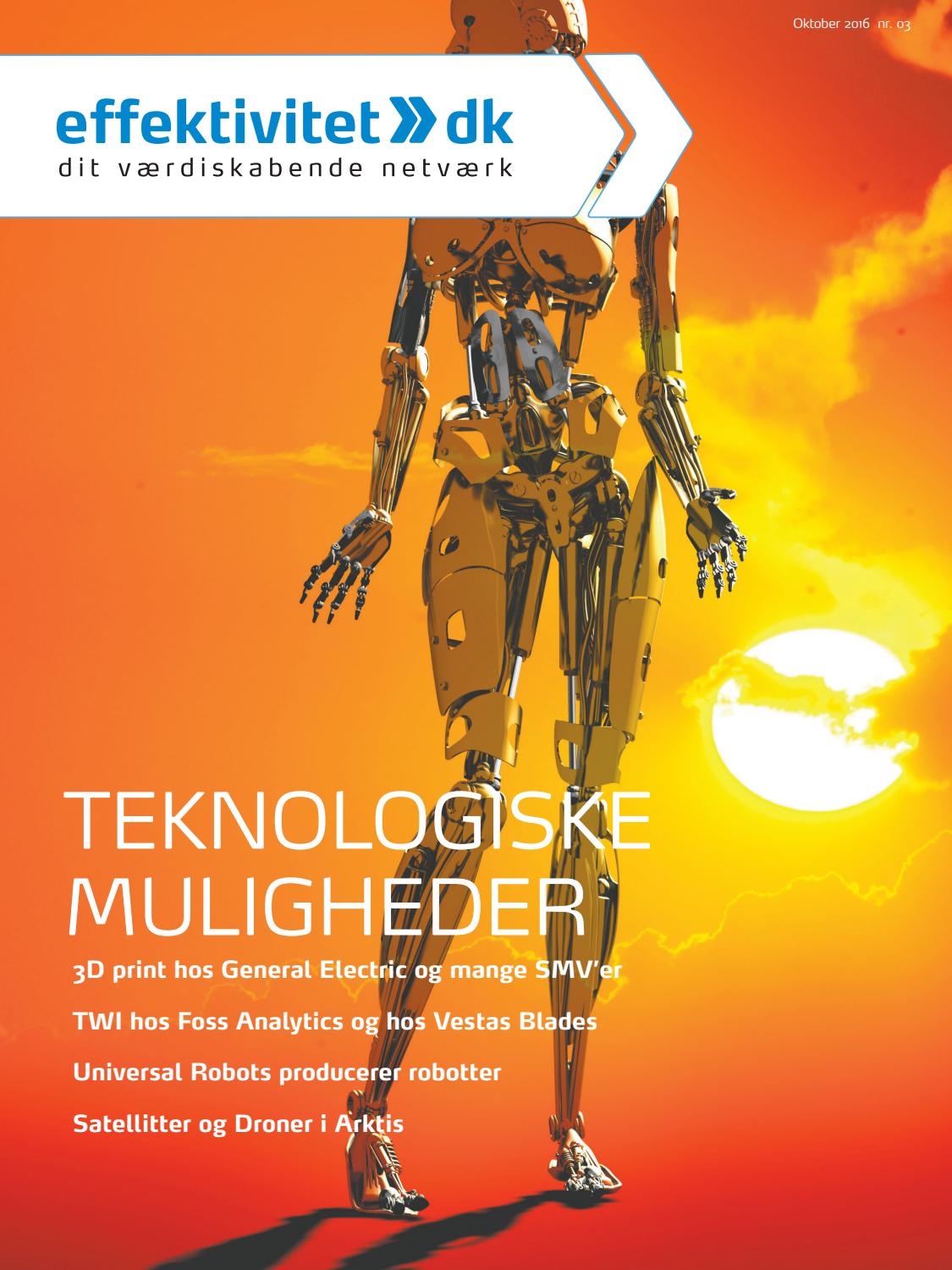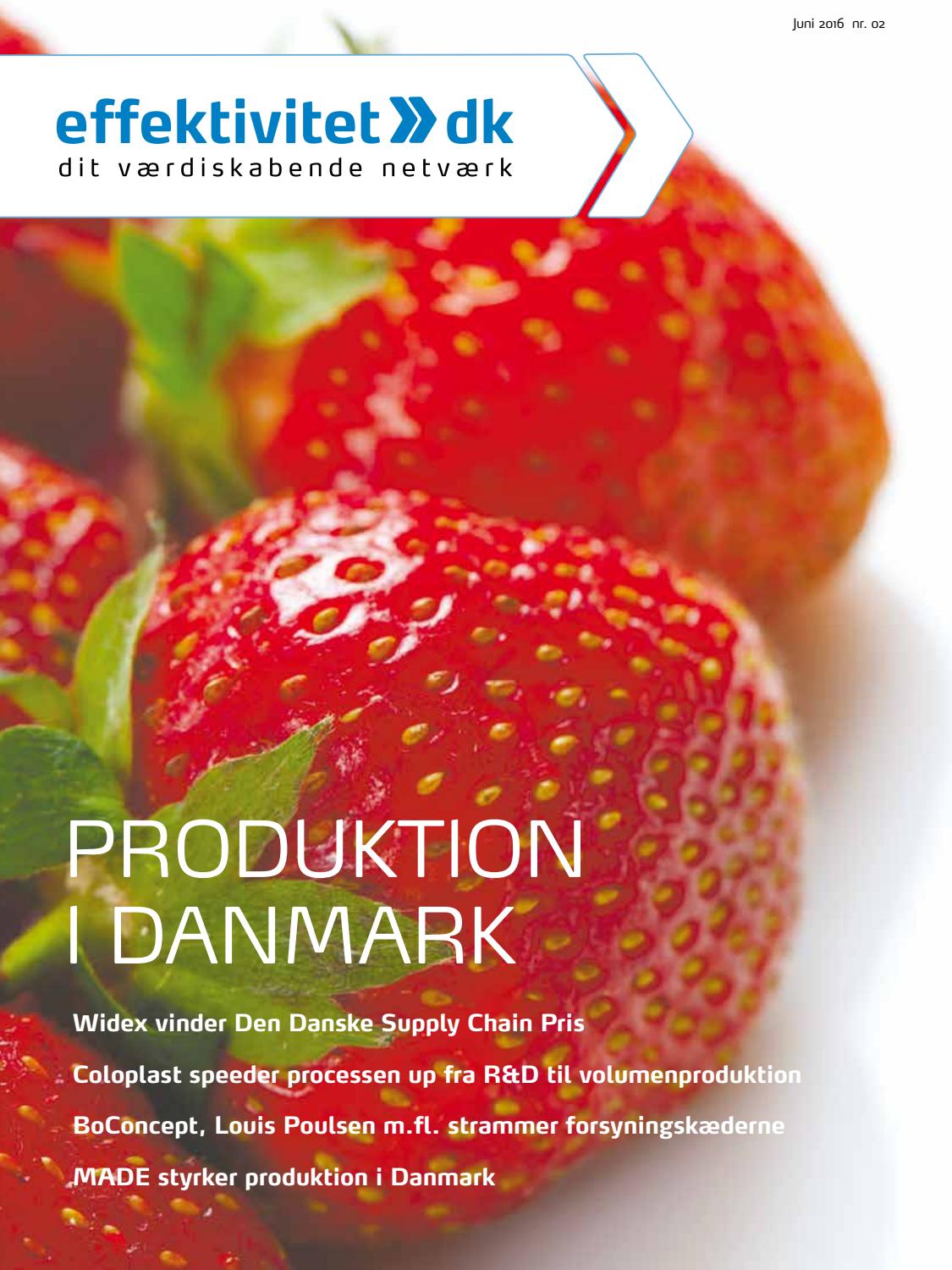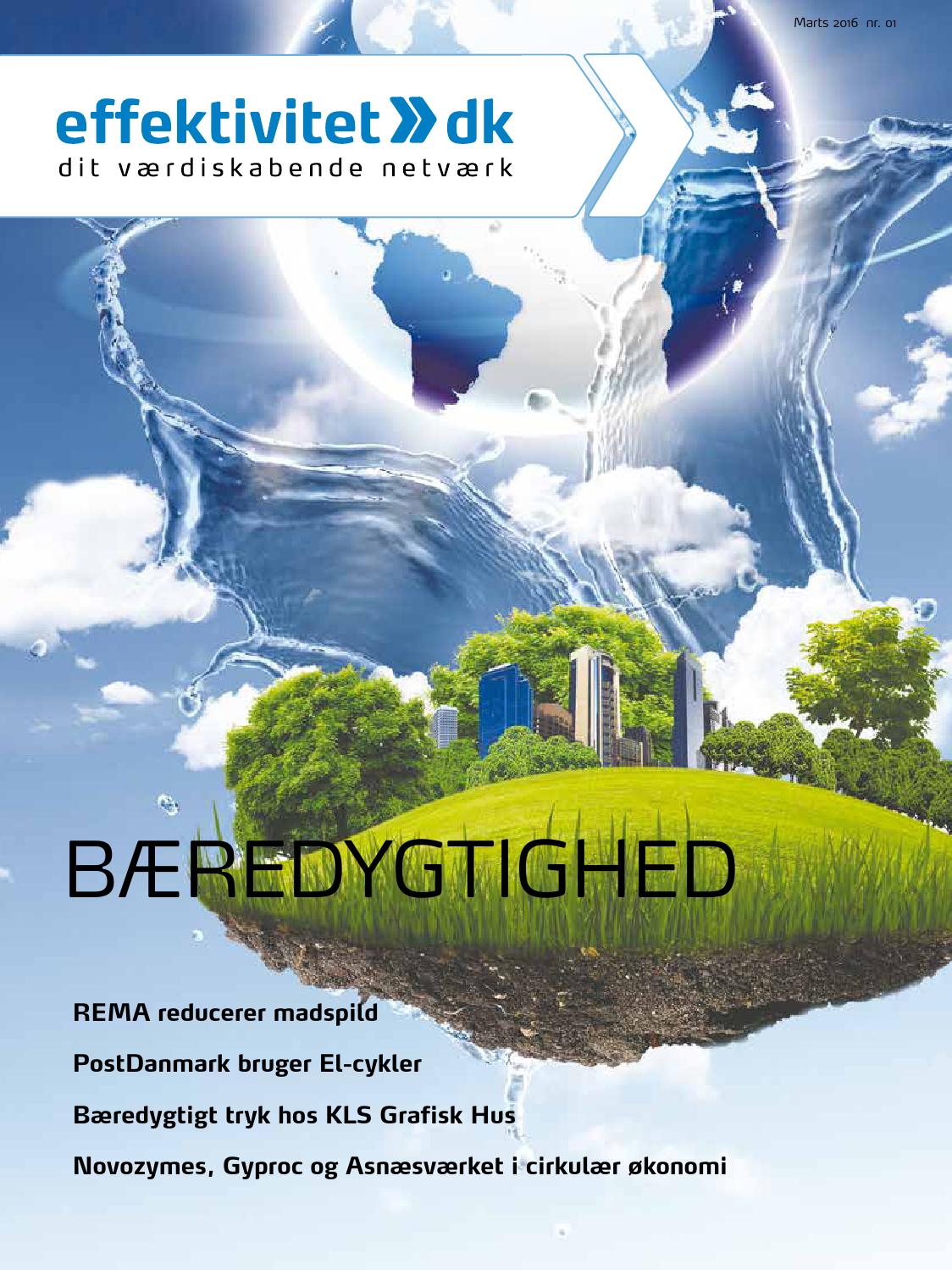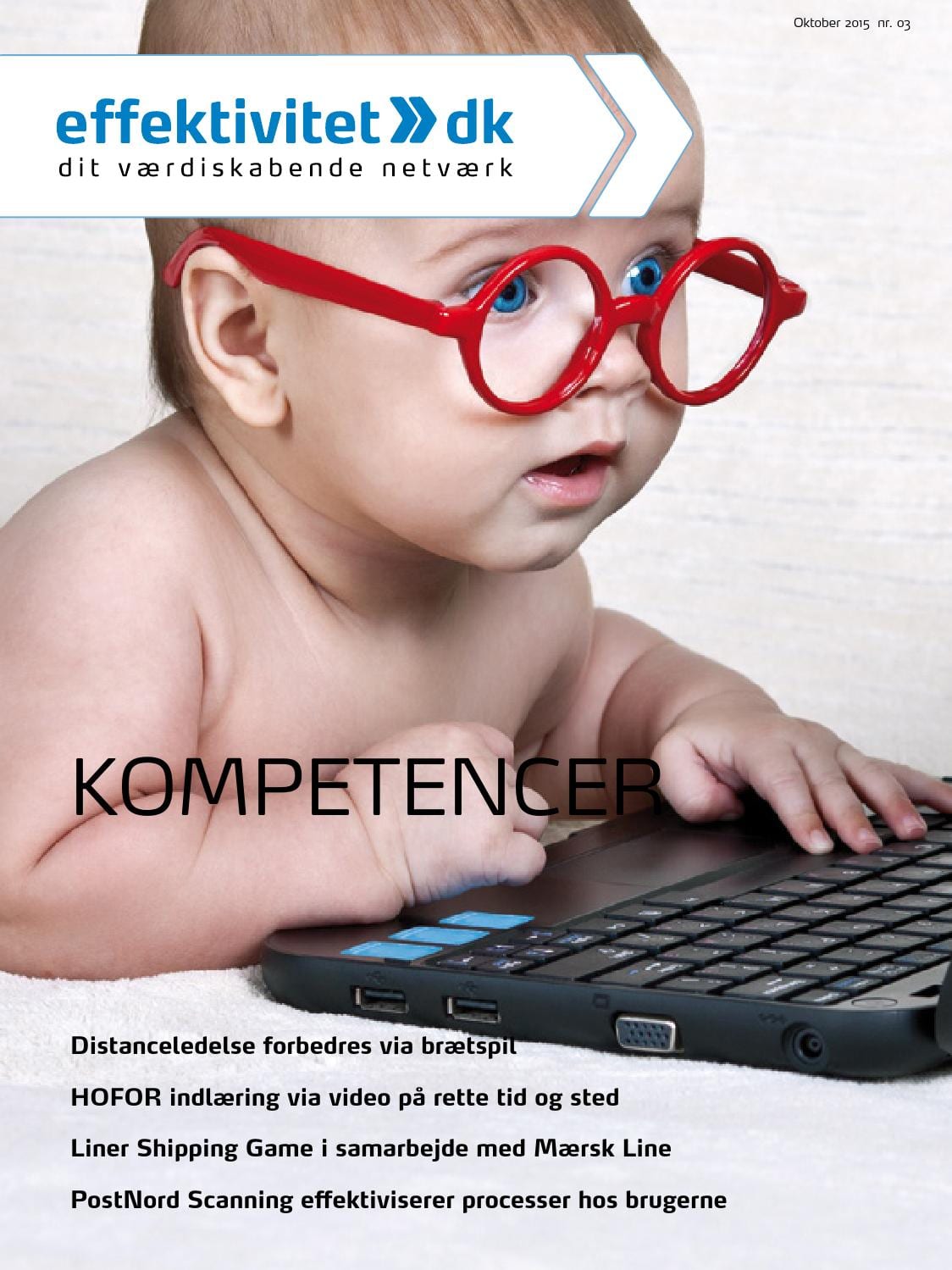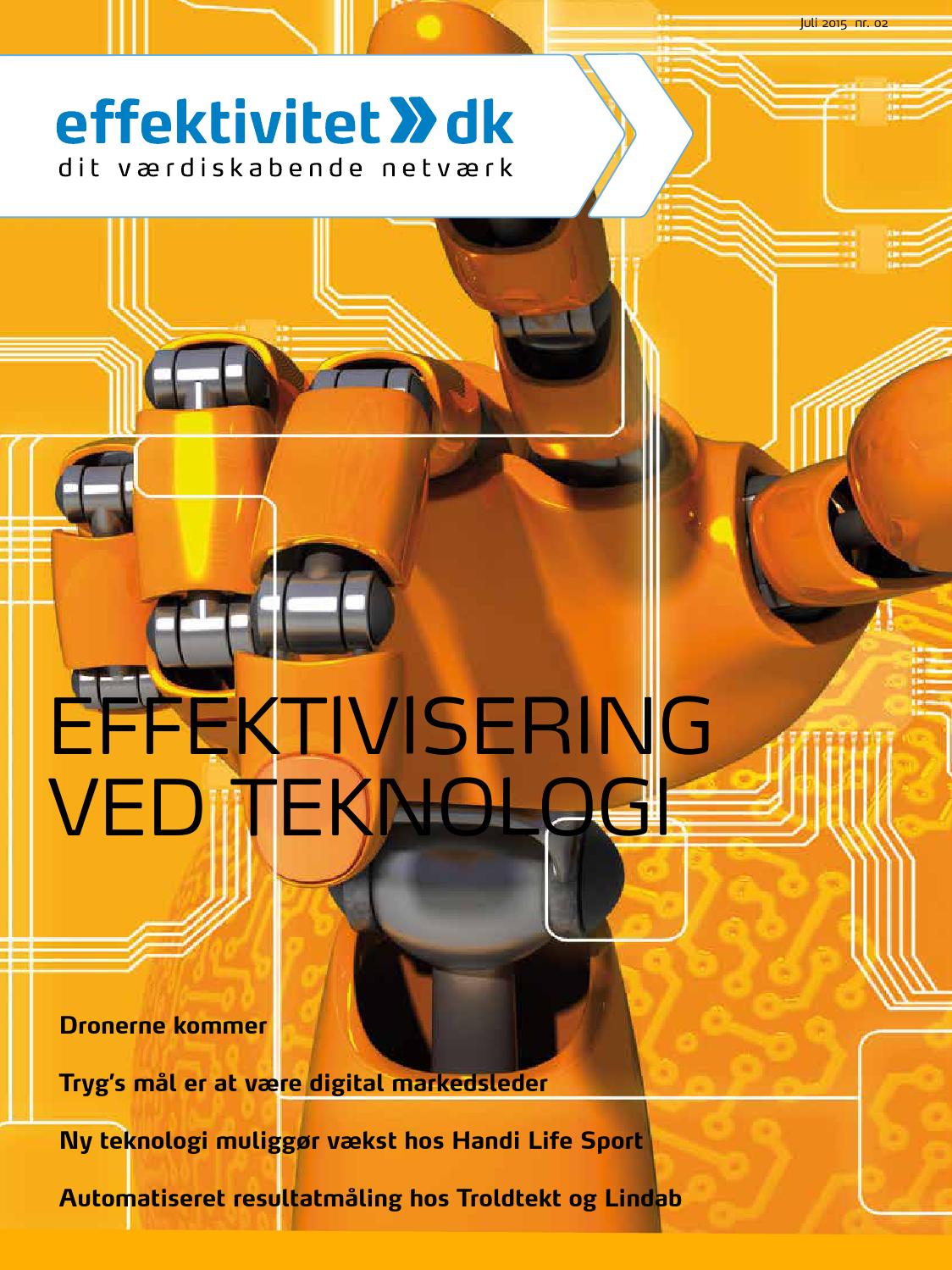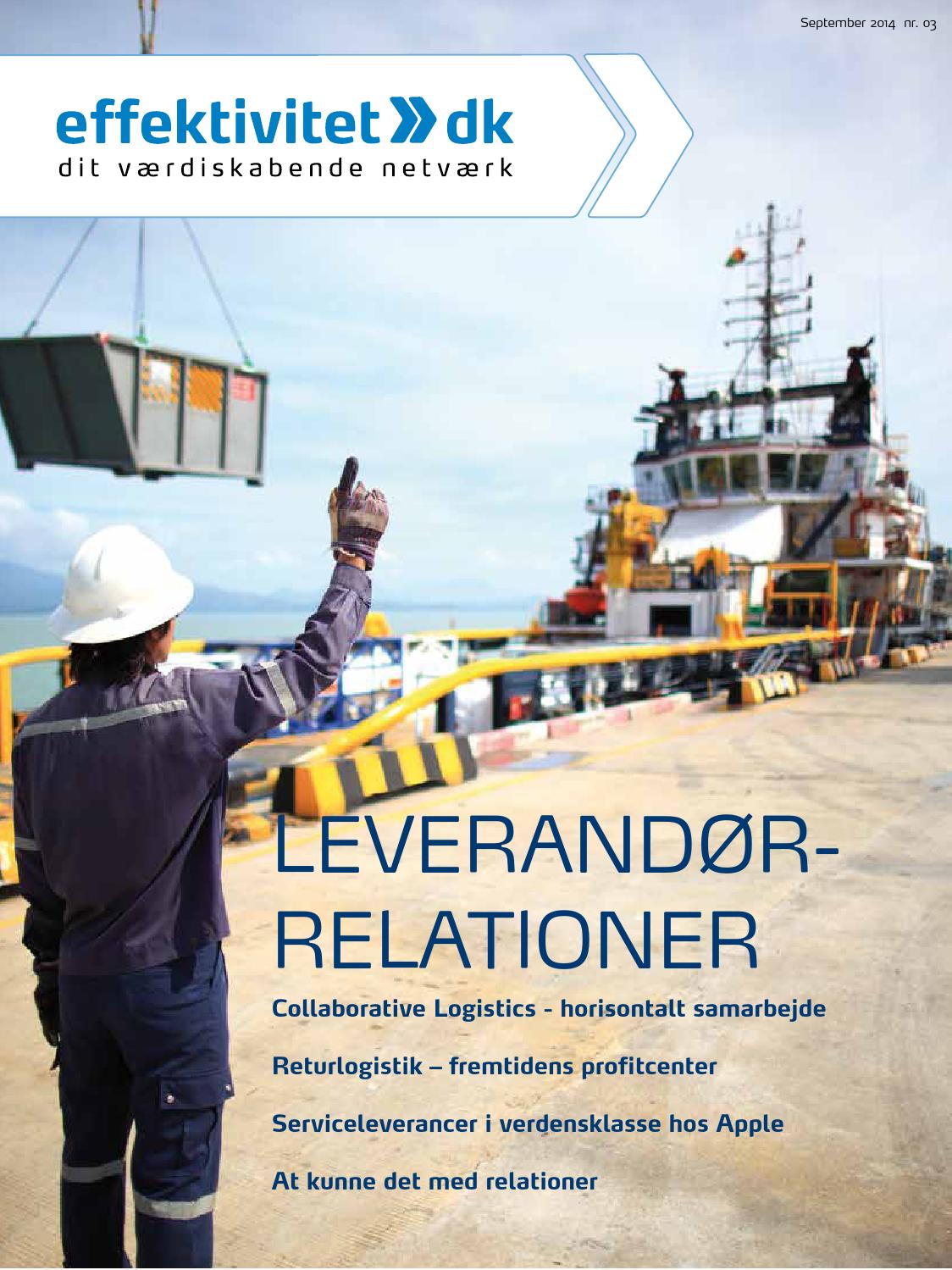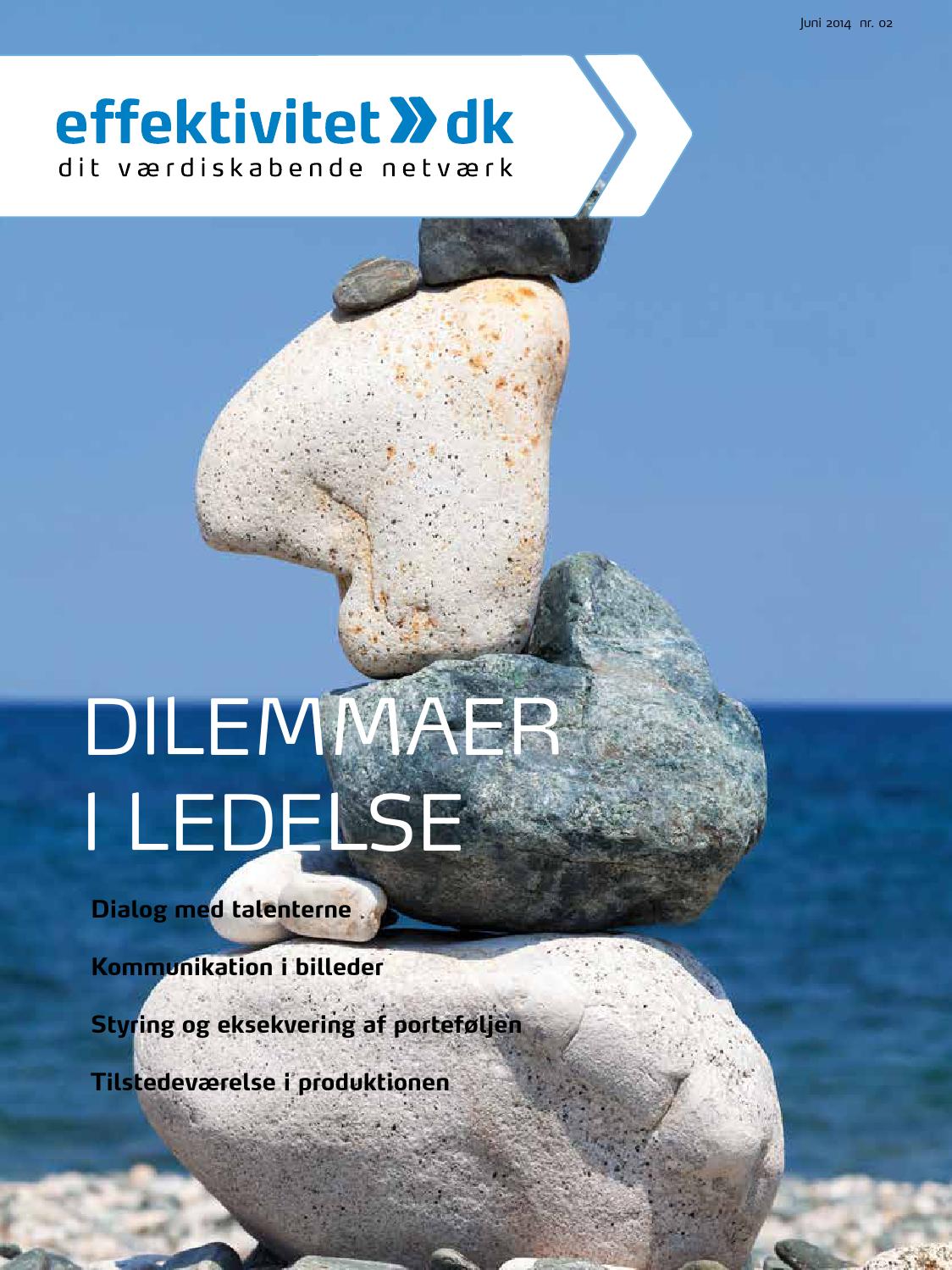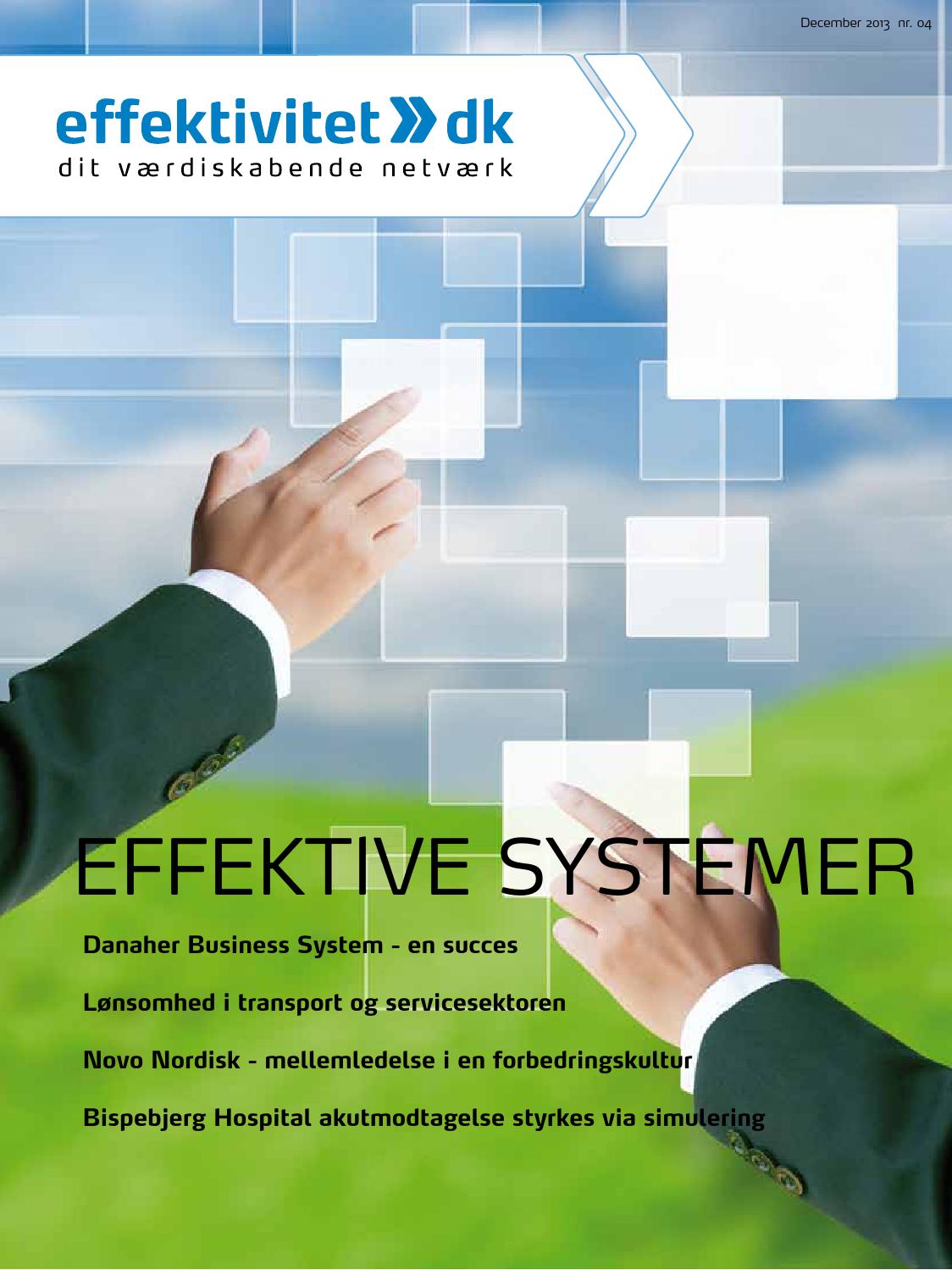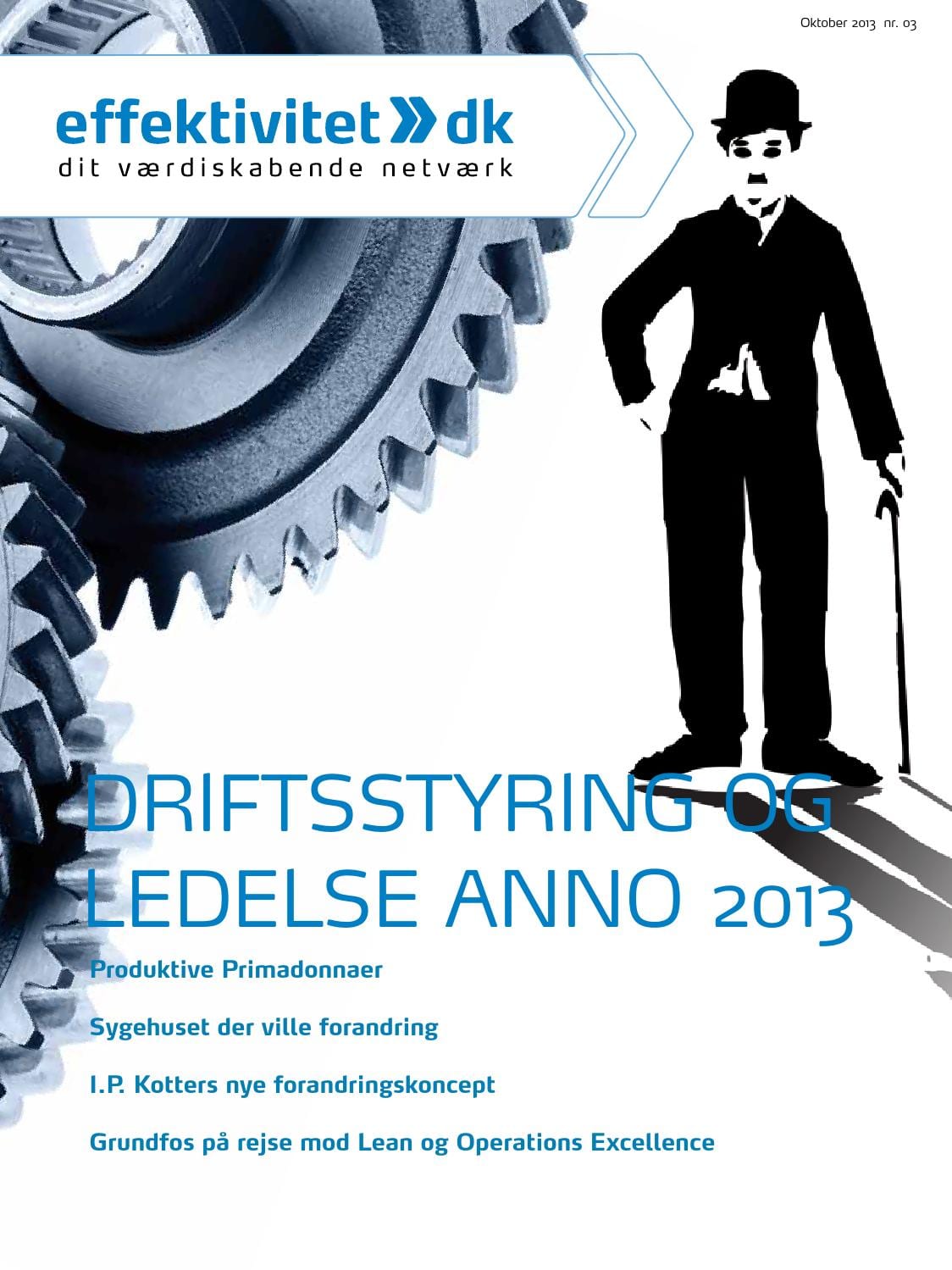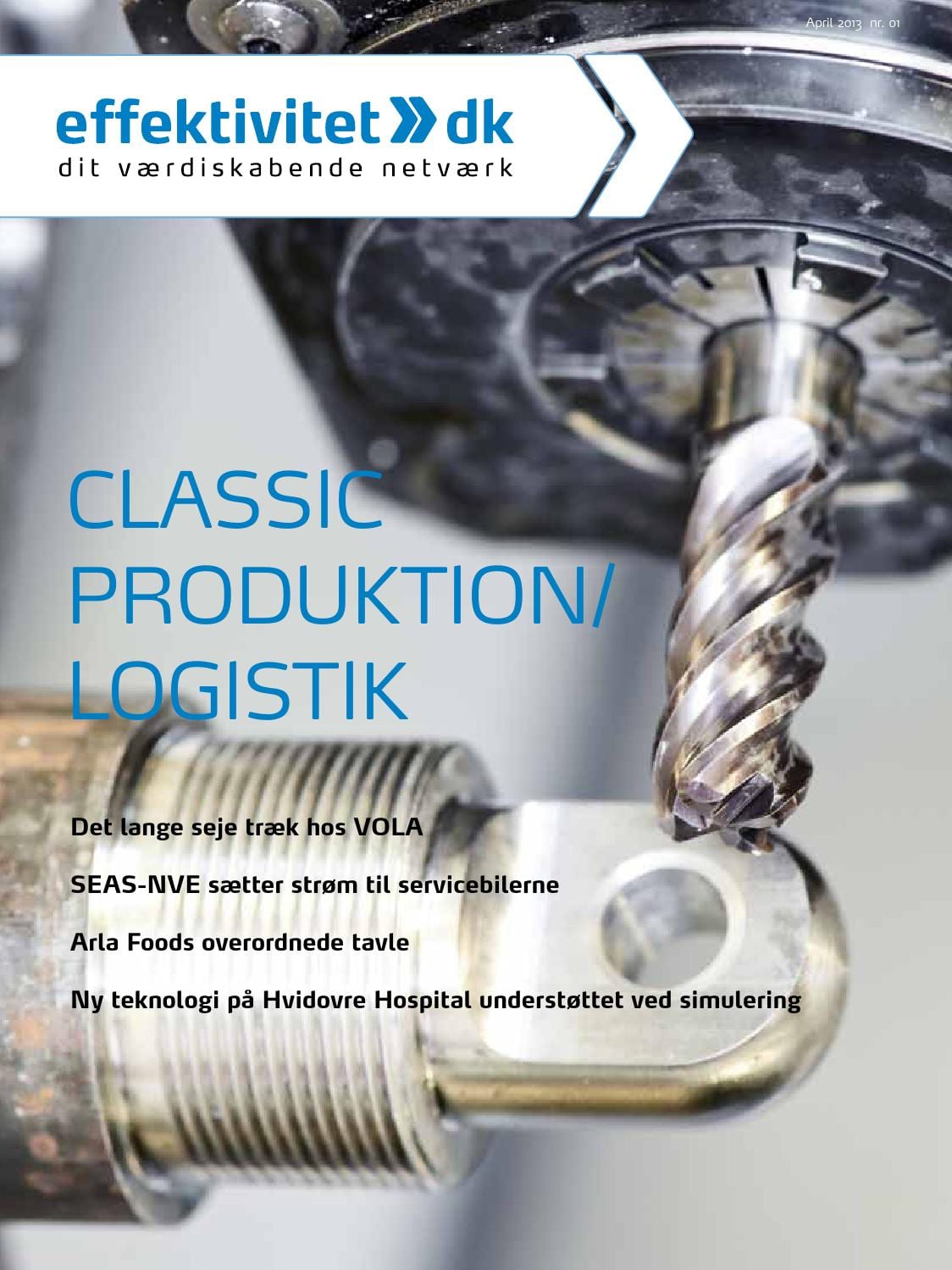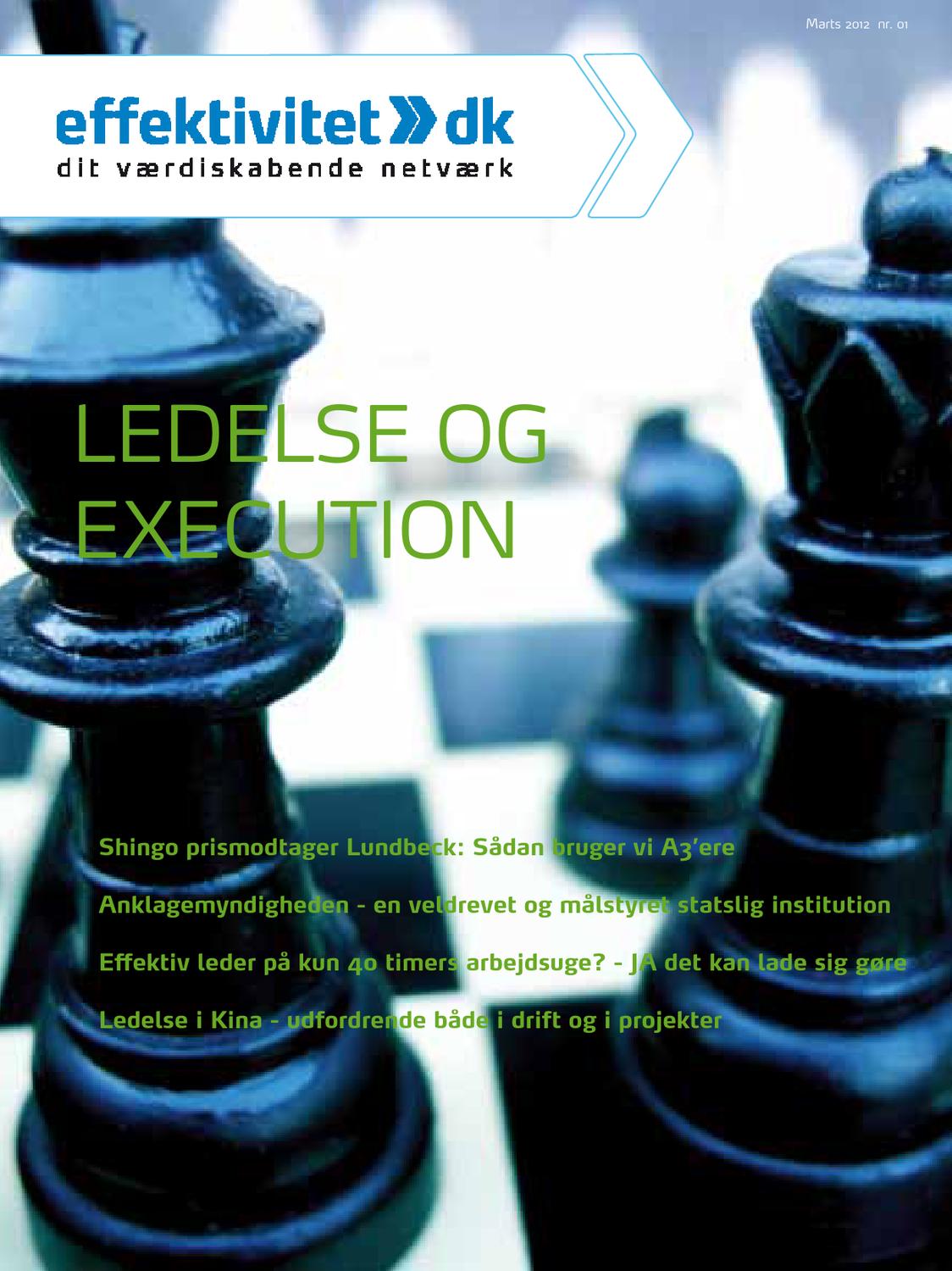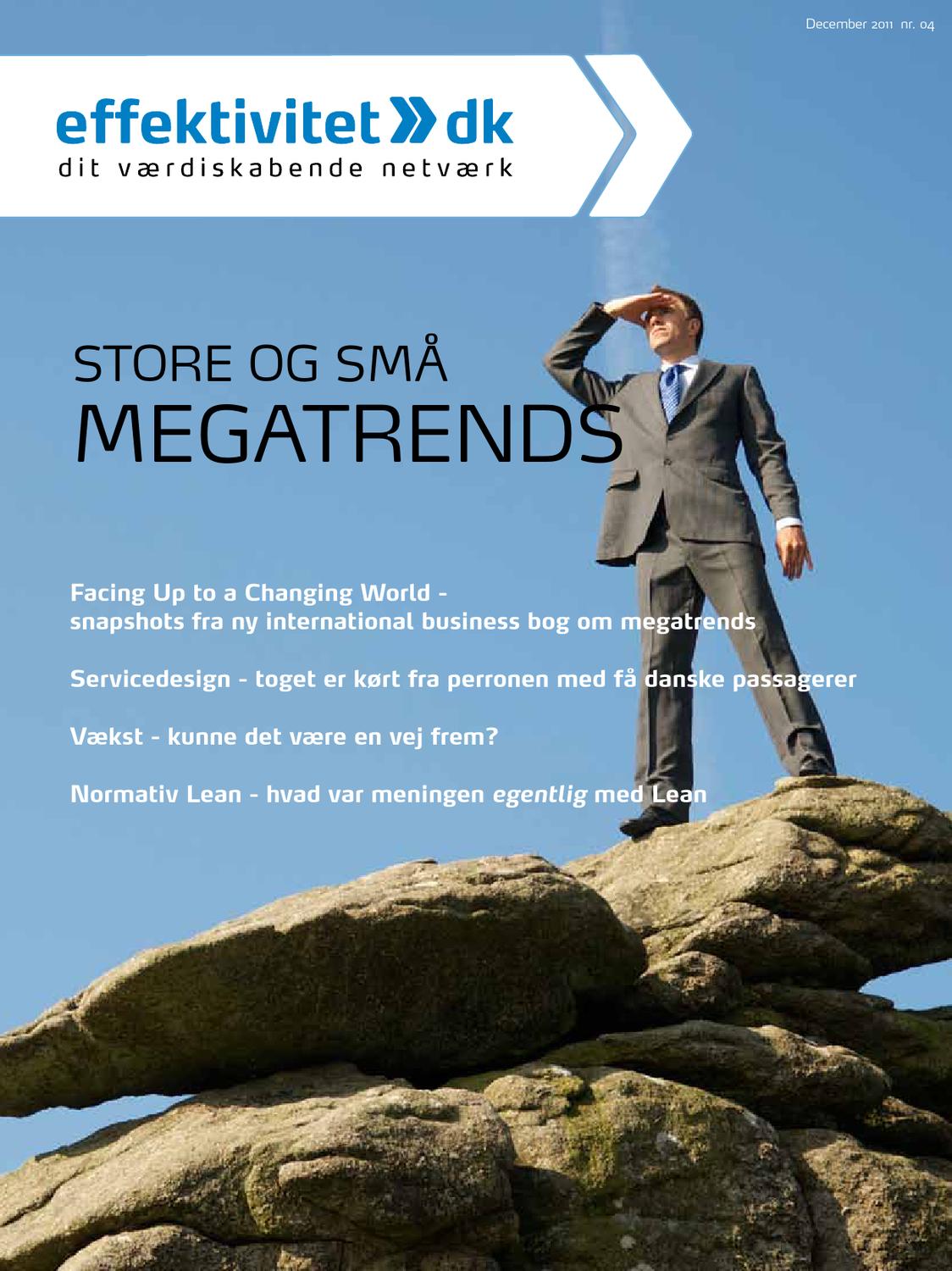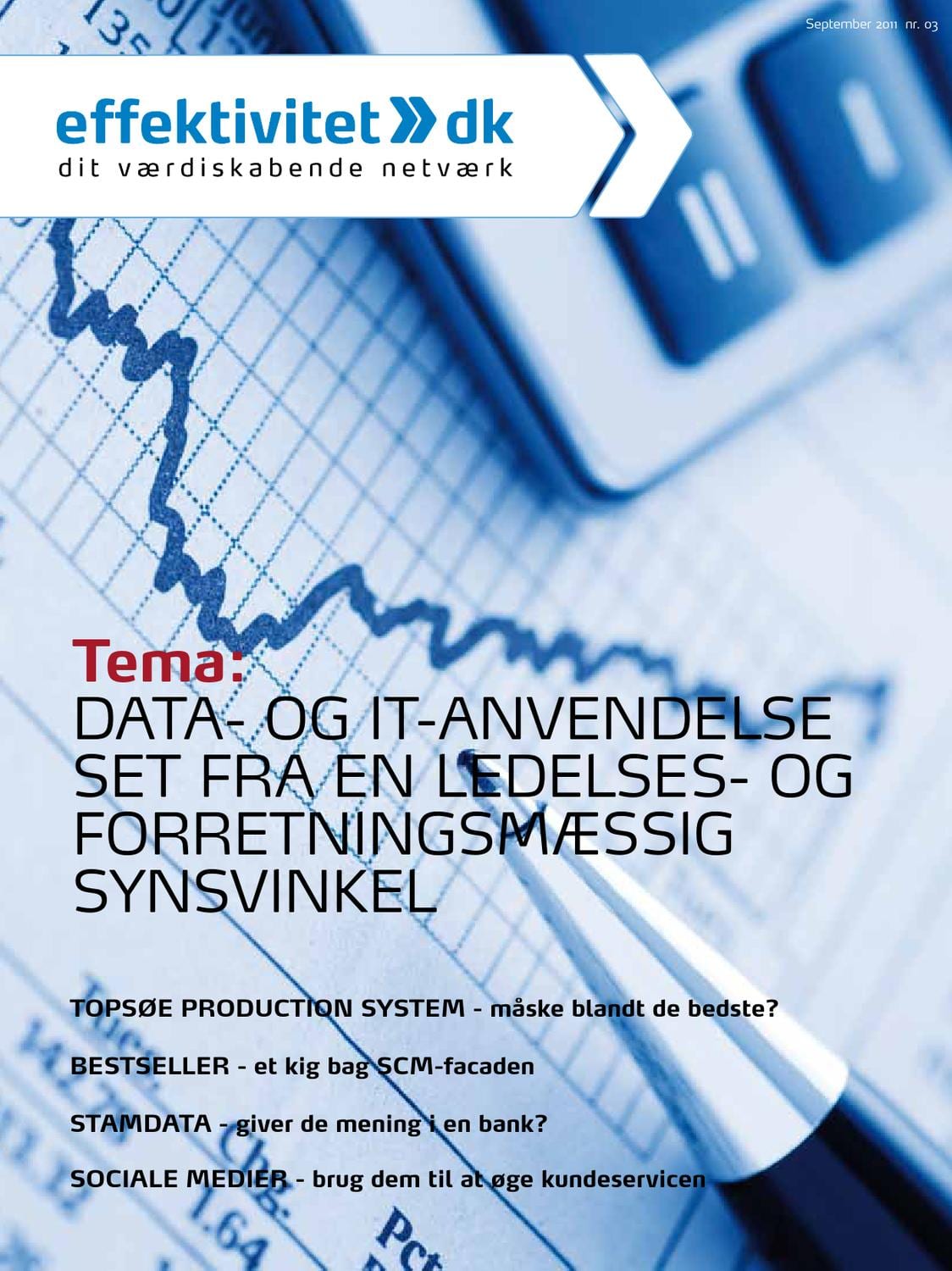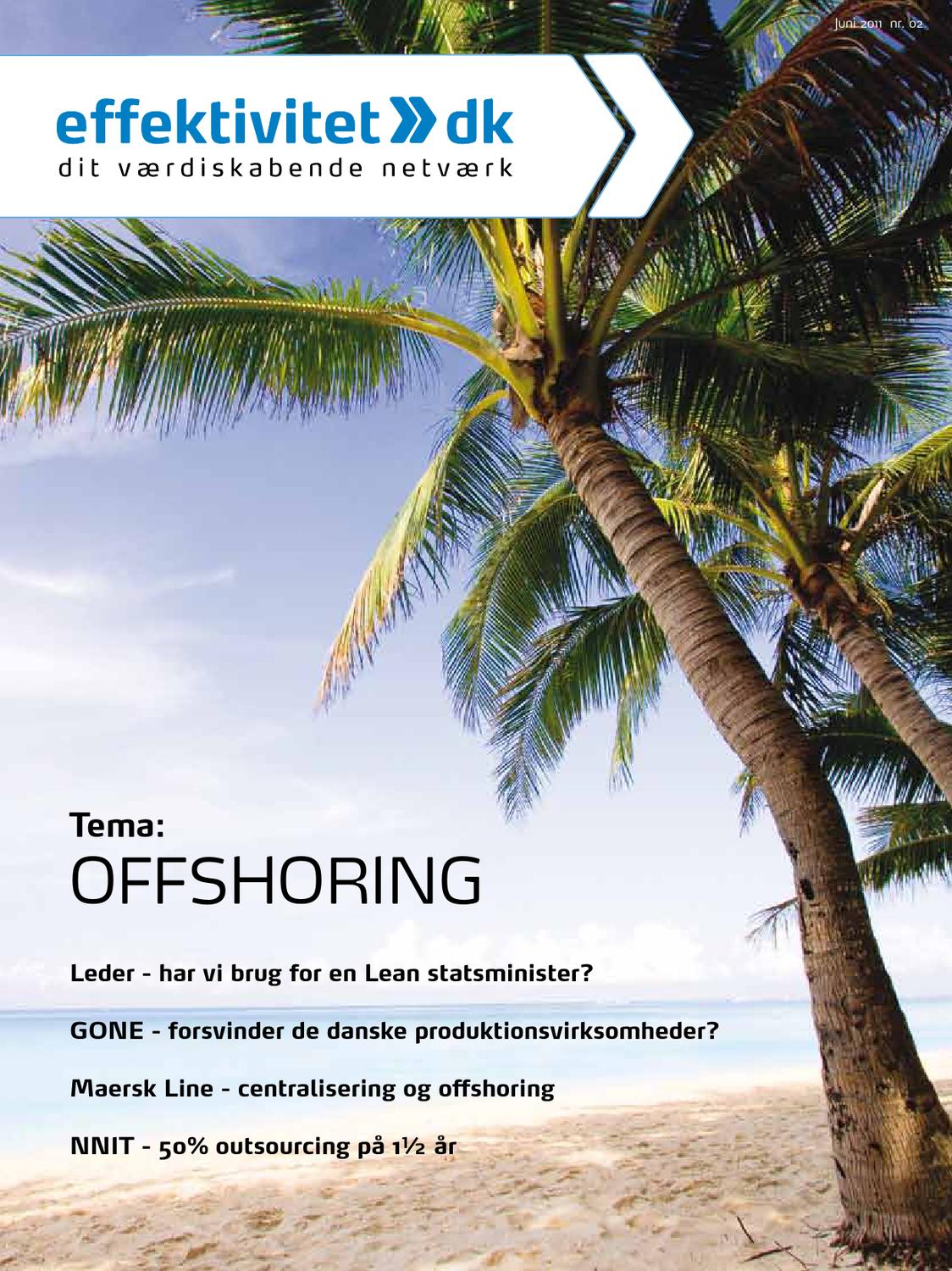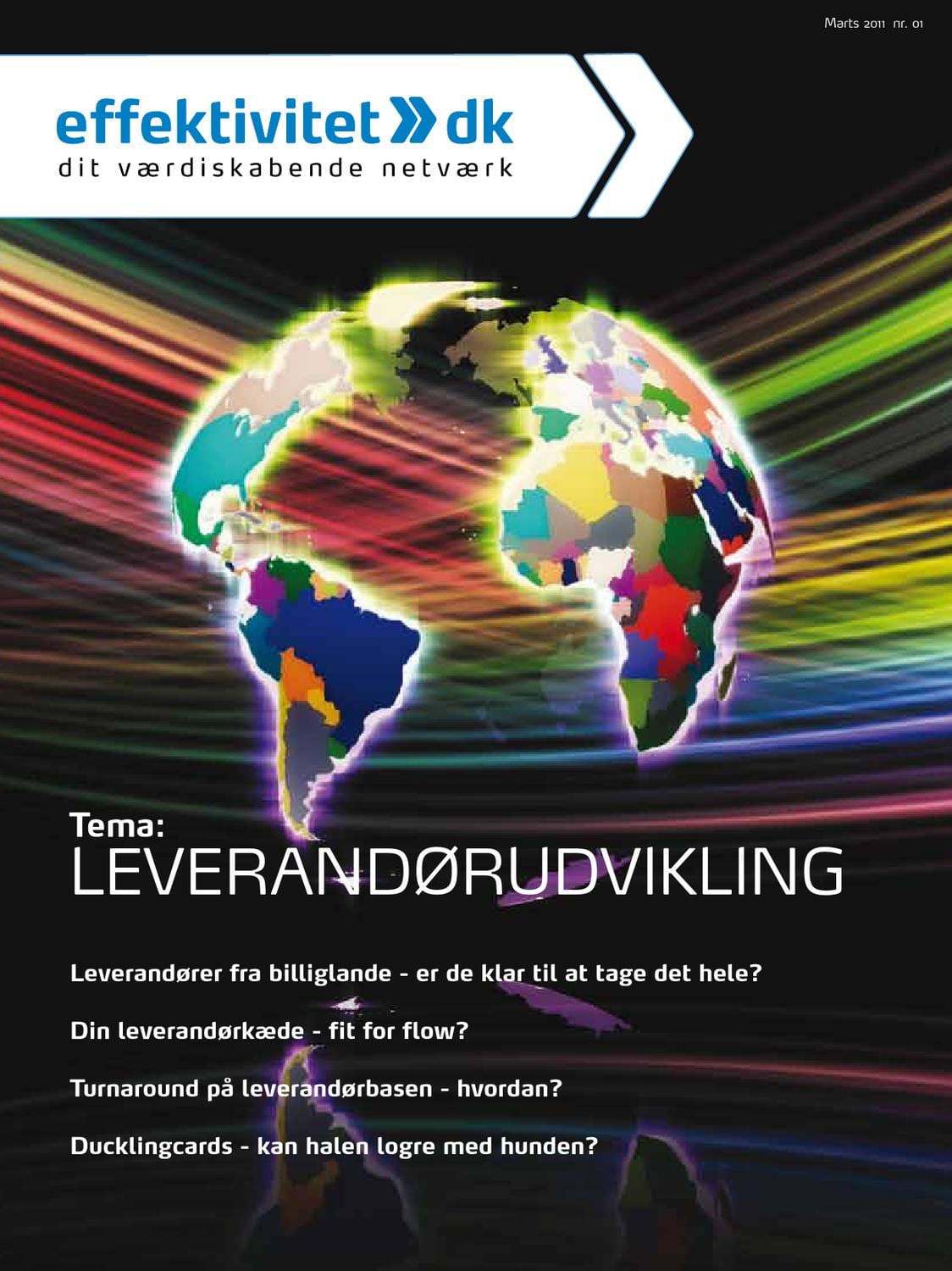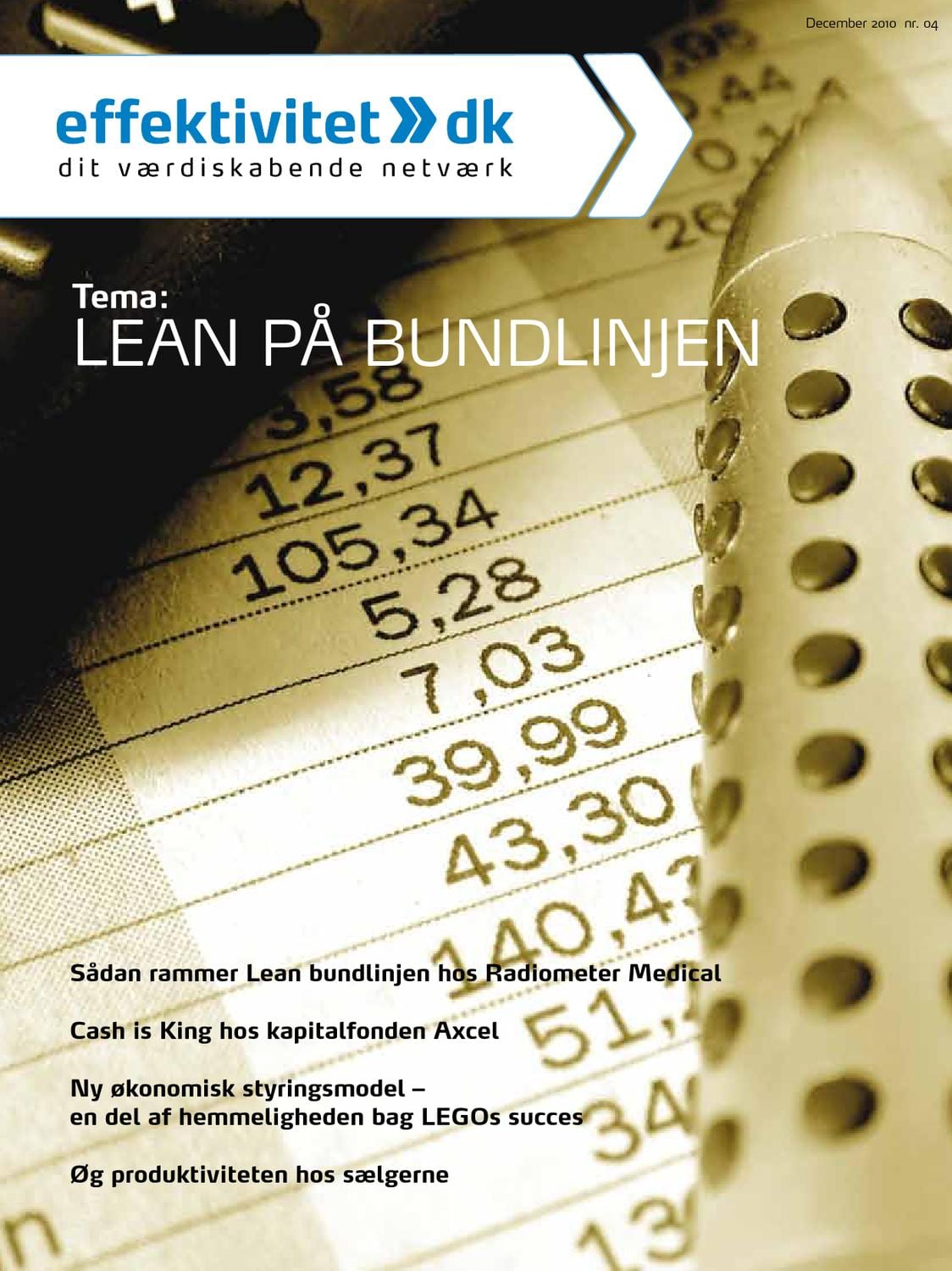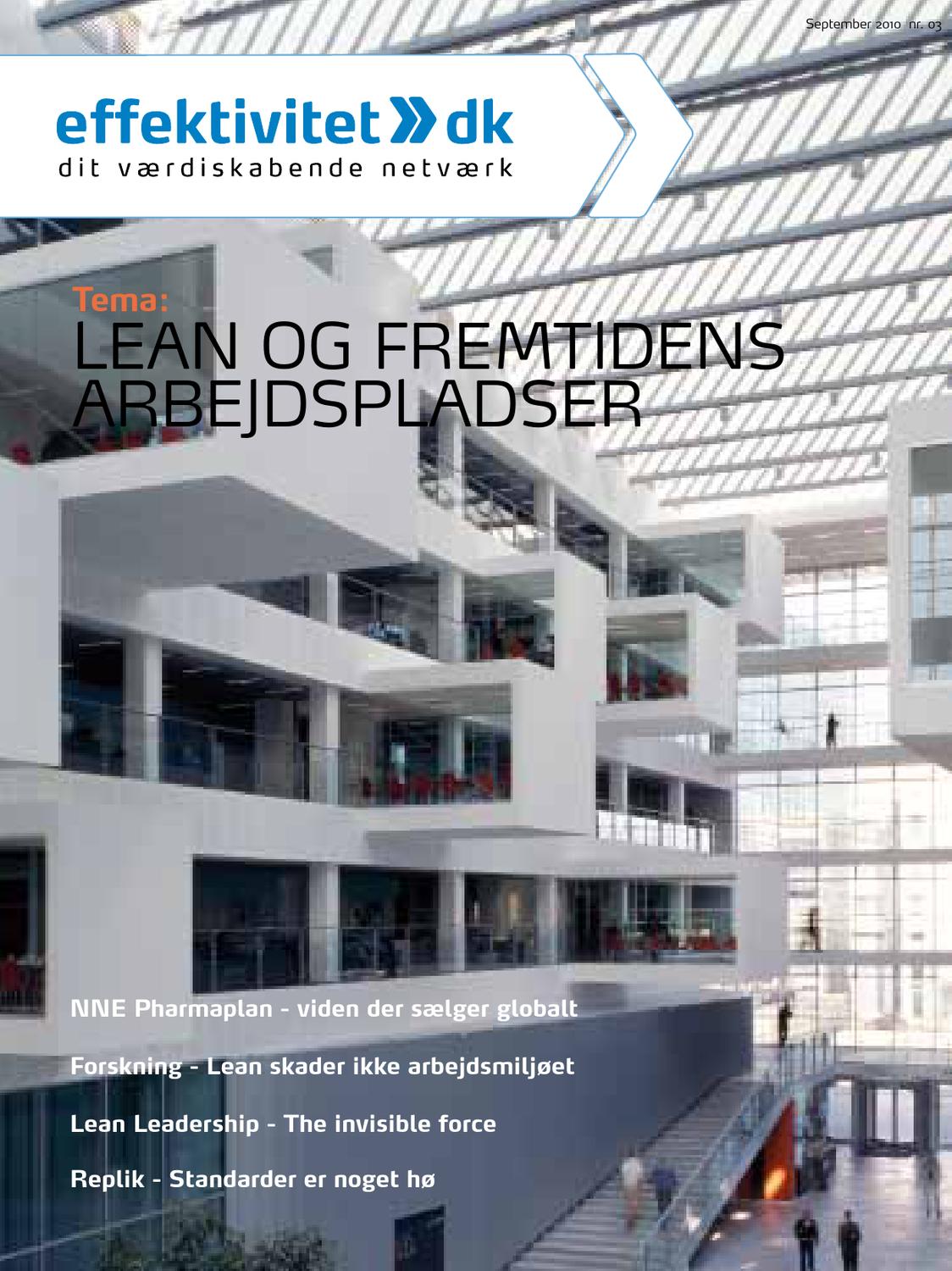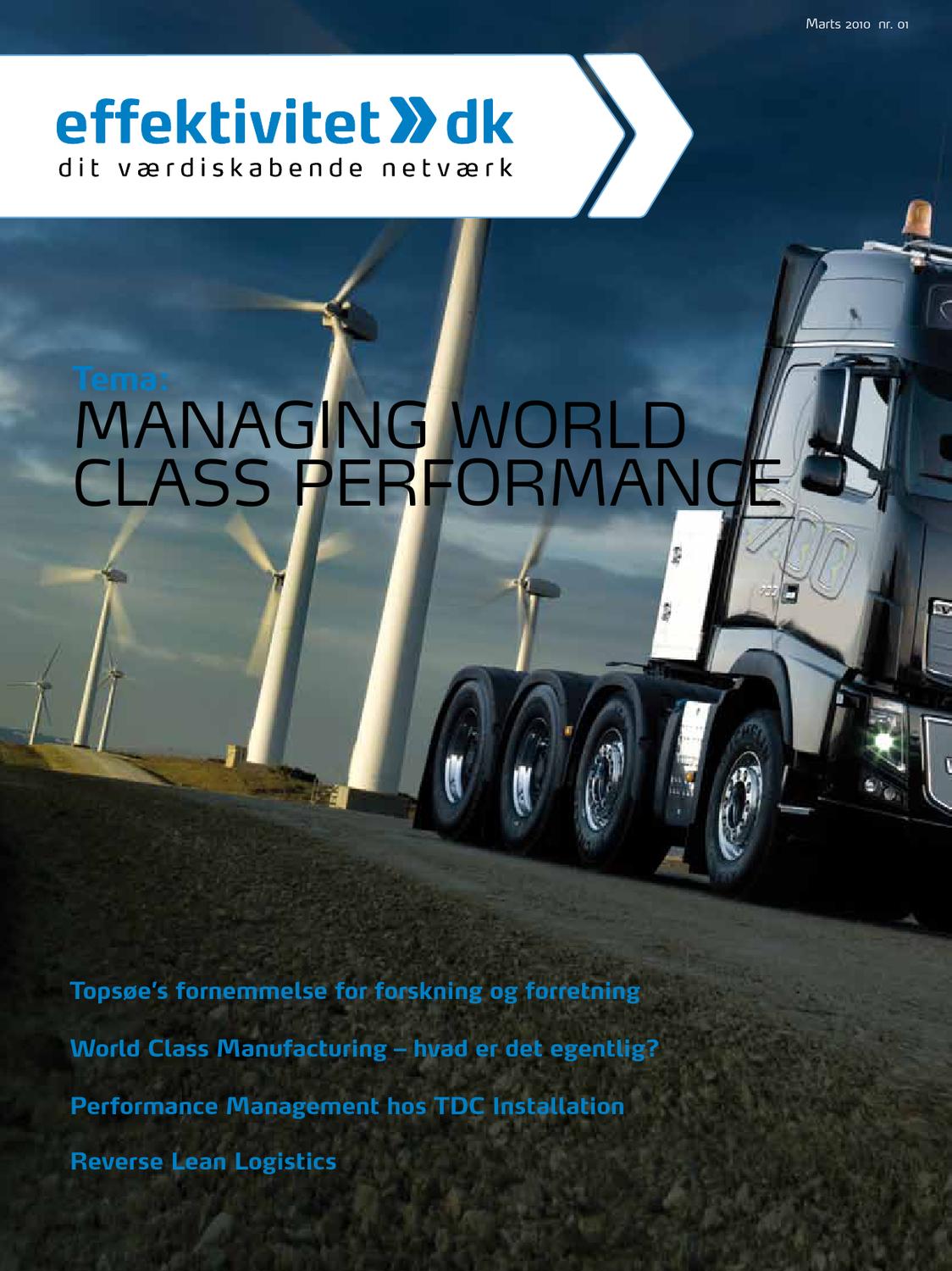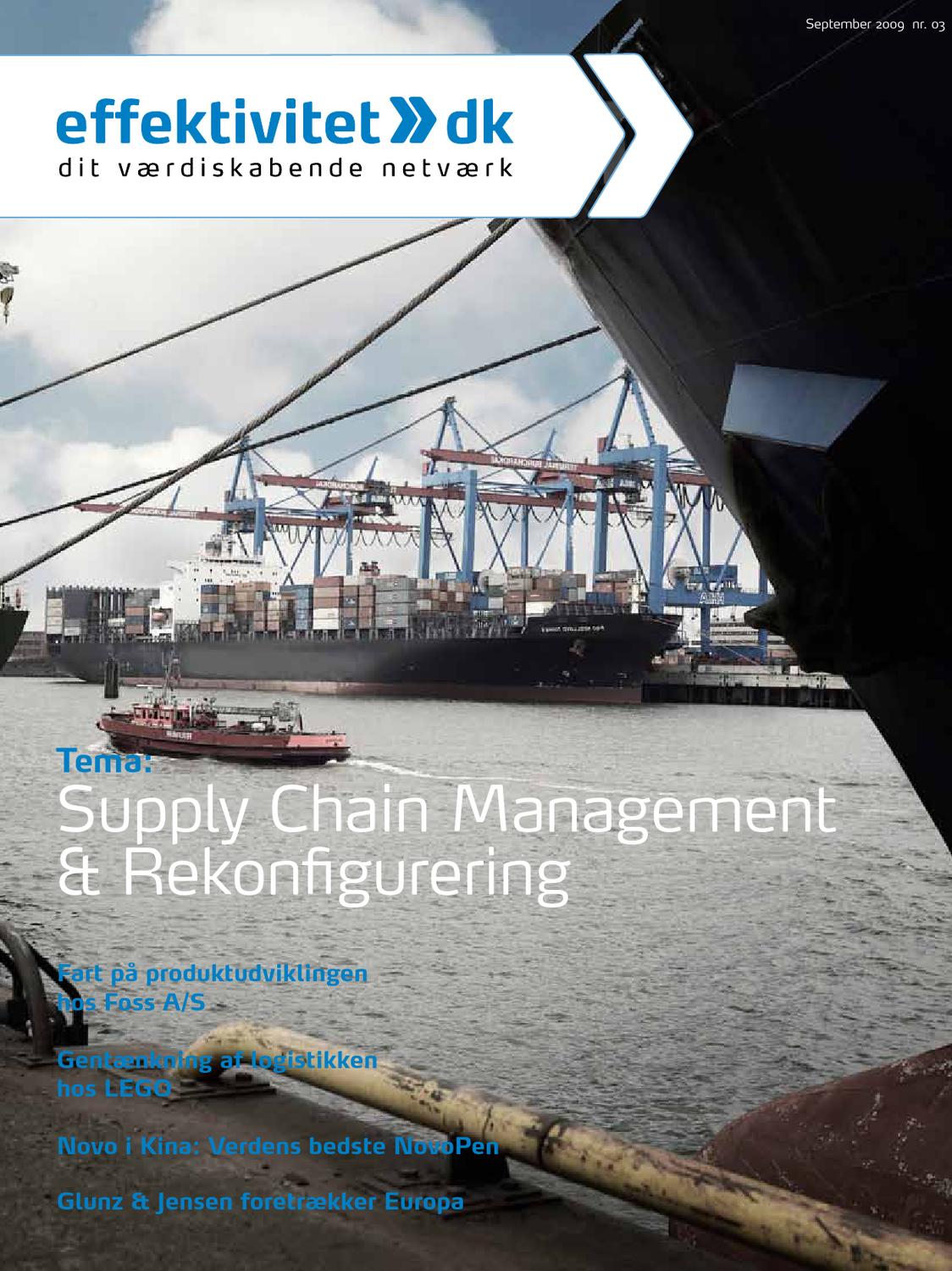Under the assumption that these operations are outsourced, the crucial “top-down” task is to realize the trade-offs in designing and operating logistics systems and make sure that the ongoing task of making transport and logistics choices is aligned with the strategic direction, set out for Supply Chain management business process development.
Transportation as an untapped potential in Supply Chain management is not an oxymoron (contradictory terms)
“Transport and logistics is a function within companies and the bigger concept; it is a backbone of Supply Chain management that deals with the management of material and information flows across the Supply Chain” (Lambert, 2014). But, to quote Francis Quinn, editor of the periodical Supply Chain Management Review, “The problem, however, is that in most of the discussions about effective Supply Chain management, one element is conspicuously missing, or at least underrepresented. And that is transportation.” Transport is a direct link to the customer, and the attitude image, and professionalism of the transport provider and the drivers are essential for Supply Chain efficiency and effectiveness.
Supply Chain development, an ongoing process
The common conceptualization of Supply Chain management suggests silos (companies) that are integrated by important business processes with customers, suppliers, customer service, demand/supply optimization, orders, manufacturing, returns, product development and commercialization (Lambert et al). Logistics and transport are key for value creation in each and every one of these processes. The customer service process is the obvious example, including the condition of the product upon arrival and the timeliness of delivery. In the business processes of demand/supply optimization, the capability of the carrier plays a crucial role in what type of solutions are possible. It is, simply put, problematic that in the knowledge development of Supply Chain management, the value creation of transport and logistics has been forgotten as the level of abstraction has increased (Quinn, 2000). It is not enough to focus on core competences, outsource logistics and transport management once and for all since there are continuous changes and optimizations of business processes in a company. Instead, sustainable transport structure and transport processes need to be on the strategic agenda. Logistics companies need to be recognized in the network of Supply Chain organizations as strategic partners. The evaluation and selection of transport options in supply and distribution can strengthen or undermine any Supply Chain management initiative. Therefore, carrier selection cannot be an afterthought. Logistics and transport decisions need to be an integral part of business process developments.
Transactional versus relational approach
Often, manufacturing firms take a transactional approach to their relationship with logistics and transport providers. Regular communication is about new business for which bids are invited, ongoing business for which rates are negotiated, performance evaluation and other questions that arise. The problem with this approach is that it is shortsighted and has a delimited value contribution in terms of both costs and service in the strategic development. Each shipment is evaluated based on the service criteria and cost constraints (Stank & Goldsby, 2000), rather than as a link in the Supply Chain strategy. The transactional approach is also common among retailers, but there are exceptions. IKEA stands out as having a more relational approach, and it manages its relationships with transport providers in the same way as its relationships with any of its other suppliers (Carlsson, 2015). An example of taking a relational approach is, when a logistics provider has a representative, who works on-site at a customer’s facility (Grawe, et al, 2012). The carrier’s representative works alongside the customer’s employees to gain a common understanding of the problems of – and solutions for – logistics operations and planning (Grawe, Autry, & Daugherty, 2014; Grawe, Daugherty, & McElroy, 2012). In practice, IKEA manages its sourcing of transport in Europe by aiming for a balance between short lead times and low costs; which depends on category developments that include creating conditions for balanced flows and securing the operational processes. Closer relationships with carriers are operationalized through IKEA’s code of conduct (IWAY) and are driven by purchasing and organizational actors, who deal with its overall range of products and business development. IWAY requires carriers to act lawfully, they must also act responsibly toward people and the environment. This is defined in detail and followed up by confirming details in a dialogue with the supplier (see e.g. Carlsson 2015).
The problem is, therefore, that the transactional approach to logistics and transport providers that most Supply Chain actors adopt, when buying services, prohibits Supply Chain value creation by ignoring how carriers’ capabilities may facilitate Supply Chain development.
Mutual value creation and balanced flow
One important factor, determining how value is created, is purchasing maturity. The transactional approach avoids costs associated with shortages in capacity and price and cost reductions. The relational approach develops the cost and service trade-off by having a better understanding of conditions in the supplier structure that drive cost reductions and customer benefits. This understanding implies strategic carrier selection and collaboration that develops solutions. Danfoss A/S, well-known for excellence in Supply Chain management and purchasing, applies category sourcing with huge cost savings through synergy. This is a step toward a more relational approach, as it optimizes competitive conditions through consolidation and tenders that draw on volume. Magnus Carlsson (2015) argues, based on lessons that can be learned from IKEA’s strategic sourcing and category management, that synergy seeking has huge advantages, especially those related to costs, and disadvantages, such as becoming remote from suppliers. What IKEA did to tap the potential of working with service providers, was to create conditions for balanced flows and an ongoing dialogue on reduced environmental impact and on securing operational processes. This is one way to tackle trade-offs in designing and operating logistics systems. This common understanding of conditions creates effective services, standardizations and development of the carrier that enable value creation.
Consequently, another important factor in the value creation of transport and logistics is service provider capabilities. Transport and logistics is a complex and dynamic setting to gain Supply Chain advantages. One portion of potential value is achieved through standardization and reduced costs. The remaining share can be found in increased customer benefits. Such value creation is rooted in significant competence in the specific Supply Chain context. In circumstances where service providers’ communication with purchasers mainly relates to extremely detailed tenders, there are few possibilities for the co-creation of value or innovative supply chain solutions. Under such circumstances, instead of focusing on the co-creation of value, the service provider focuses on intra-organizational value creation, such as fuel efficiency programs (Borgström, Gammelgaard, & Bruun, 2017).
Making transport and logistics choices aligned to the strategic direction set out for the development of Supply Chain management business processes, is therefore an ongoing task.
What about the oxymoron? Supply chain management is to a high degree built on transportation, how can it be an untapped potential? Suppliers of transportation and logistics are system providers of competitive supply chain advantages, but how many of those who set out the strategic direction of companies can verify a “yes” to both questions: Do you understand your transport service provider’s capabilities? Do your transport service provider understand your supply chain management processes and the strategic direction of them? Therefore, transportation is an untapped potential for competitive supply chain management advantage. “
Sources
Borgström, B., Gammelgaard, B., & Bruun, P. (2017). Haulier value creation in supply chains: A strategy-as-practice perspective. Nofoma Lund.
Carlsson, M. (2015). Strategic sourcing and category management: Lessons learned at IKEA. London: Kogan Page.
Grawe, S. J., Autry, C. W., & Daugherty, P. J. (2014). Organizational implants and logistics service innovation: A relational social capital perspective. Transportation Journal, 53(2), 180-210.
Grawe, S. J., Daugherty, P. J., & McElroy, J. C. (2012). External organizational commitment among organizational implants: The case of logistics service providers. Transportation Research Part E-Logistics and Transportation Review, 48(1), 165-177. doi: 10.1016/j.tre.2011.08.002.
Lambert, D. M. (2014). Supply Chain Management: Processes, Partnerships, Performance (Fourth ed.). Ponte Vedra Beach , FL: Supply Chain Management Institute.
Quinn, F. J. (2000). Transportation: The forgotten factor. Logistics Management and Distribution Report, 39(9), 45.
Stank, T. P., & Goldsby, T. J. (2000). A framework for transportation decision making in an integrated supply chain. Supply Chain Management: An International Journal, 5(2), 71-78. doi: 10.1108/13598540010319984.




